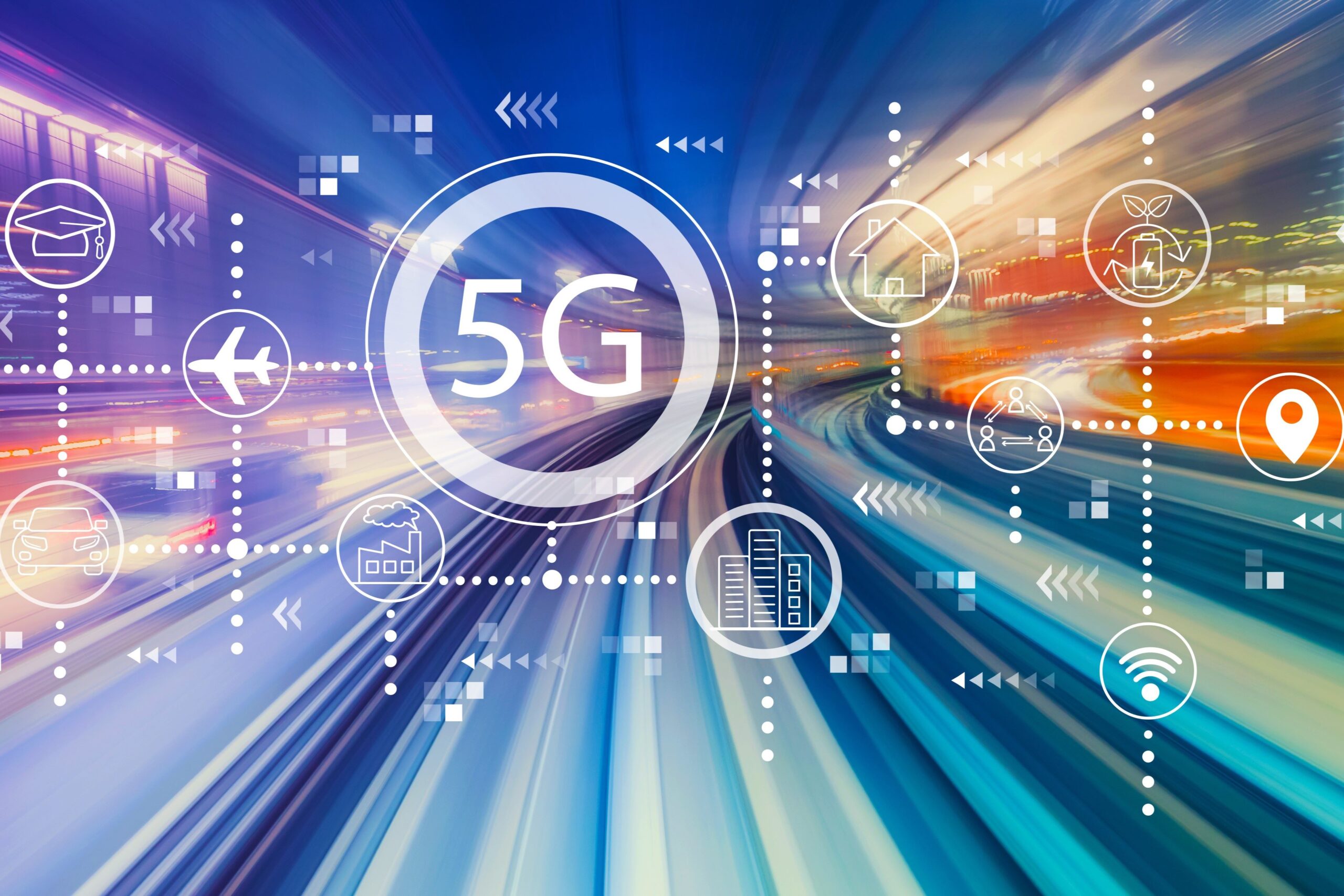The advent of 5G technology marks a significant leap in the evolution of mobile networks. Promising faster speeds, lower latency, and greater connectivity, 5G is set to revolutionize not just telecommunications, but also various sectors including healthcare, transportation, and entertainment. As countries around the world race to deploy 5G networks, the impact of this technology on global connectivity becomes increasingly profound.
The Evolution of Mobile Networks
To appreciate the potential of 5G, it’s essential to understand the evolution of mobile networks. From the first generation (1G) that enabled basic voice services, to 2G which introduced SMS and limited data services, each subsequent generation brought significant improvements. 3G introduced mobile internet, and 4G/LTE provided the high-speed data necessary for streaming and robust internet applications. Now, 5G promises to enhance these capabilities exponentially.
Key Features of 5G
Speed: 5G networks can theoretically reach speeds up to 10 Gbps, which is 100 times faster than 4G. This speed enables seamless streaming, quick downloads, and the ability to handle high-definition content with ease.
Latency: One of the most critical improvements is the reduction in latency. 5G can achieve latencies as low as 1 millisecond, facilitating real-time communication and applications such as remote surgery and autonomous vehicles.
Capacity: 5G can connect significantly more devices per square kilometer than 4G. This capacity is crucial for the Internet of Things (IoT), where billions of devices need reliable, simultaneous connections.
Reliability: Enhanced reliability ensures consistent performance, which is essential for critical applications in healthcare and public safety.
Energy Efficiency: 5G networks are designed to be more energy-efficient, which is beneficial for both the environment and the operational costs of network providers.
Impact on Various Sectors
Healthcare: 5G’s low latency and high reliability enable telemedicine and remote surgery, allowing medical professionals to perform procedures and consultations from afar. This is particularly beneficial in rural or underserved areas.
Transportation: Autonomous vehicles and smart traffic management systems rely on 5G for real-time data exchange, improving safety and efficiency on the roads.
Entertainment: Virtual reality (VR) and augmented reality (AR) applications become more viable with 5G, offering immersive experiences in gaming, education, and training.
Manufacturing: 5G supports smart factories with connected machinery and real-time data analytics, enhancing productivity and reducing downtime.
Education: Enhanced connectivity allows for more interactive and engaging online learning experiences, bridging gaps in education access worldwide.
Challenges and Considerations
Despite its potential, the deployment of 5G faces several challenges:
Infrastructure: The implementation of 5G requires significant investment in new infrastructure, including small cells, fiber optics, and enhanced backhaul.
Security: With increased connectivity, the potential for cyber threats also rises. Ensuring the security of 5G networks is paramount.
Regulation and Policy: Governments need to develop policies that facilitate the deployment of 5G while addressing concerns such as spectrum allocation and health impacts.
Global Disparities: There is a risk that the digital divide could widen, as developed countries advance with 5G while developing regions lag behind.
The Future of Global Connectivity
5G is poised to transform global connectivity, enabling new applications and services that were previously unimaginable. As the technology matures, it will drive innovation across various sectors, contributing to economic growth and improving quality of life. However, addressing the challenges associated with 5G deployment will be crucial to ensuring that its benefits are realized globally.
What is 5G technology?
5G is the fifth generation of mobile network technology, offering faster speeds, lower latency, and greater capacity compared to previous generations.
How fast is 5G compared to 4G?
5G can theoretically reach speeds up to 10 Gbps, which is 100 times faster than 4G.
What are the key benefits of 5G?
The key benefits include increased speed, lower latency, higher capacity, improved reliability, and enhanced energy efficiency.
How will 5G impact healthcare?
5G enables telemedicine, remote surgery, and real-time health monitoring, improving access to medical services, especially in remote areas.
What are the challenges in deploying 5G?
Challenges include the need for new infrastructure, ensuring network security, developing supportive regulations, and addressing global disparities in technology access.
Conclusion
The transition to 5G technology is a transformative journey that promises to redefine global connectivity. Its impact will be felt across various sectors, driving innovation, economic growth, and improving lives. However, realizing its full potential requires addressing the associated challenges and ensuring that the benefits of 5G are accessible to all.




